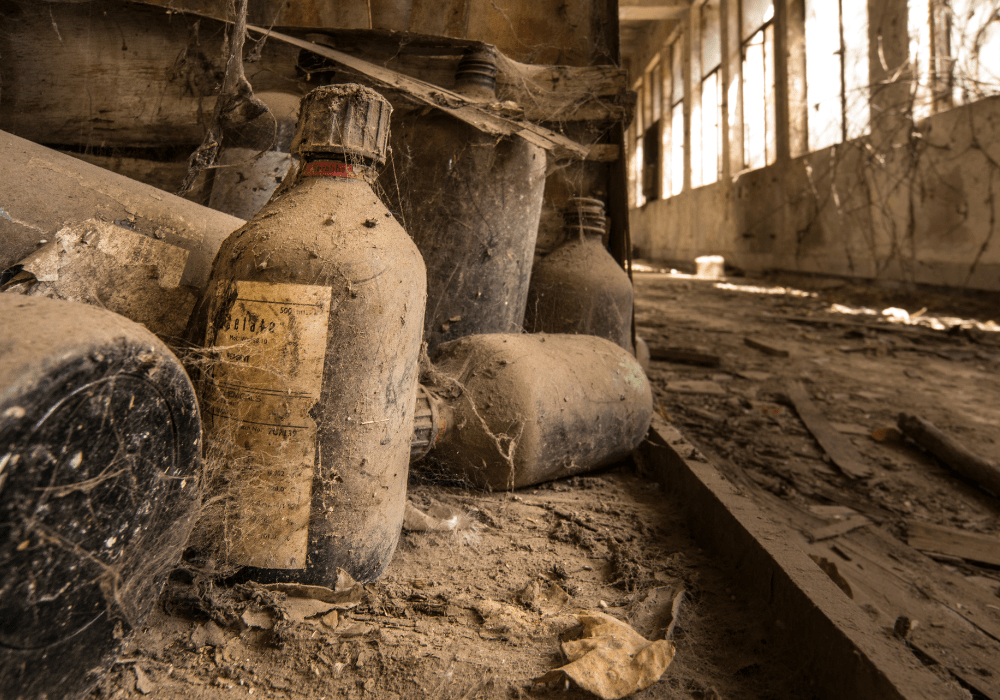
In 1984, the toxic compound methyl isocyanate leaked from a local pesticide plant in Bhopal, India, causing a mass casualty incident. The event affected over 500,000 people, leading to thousands of deaths and long-term illnesses. Vulnerable populations, including women, children, the elderly, and those with pre-existing health conditions, faced exceptionally adverse health effects.
In this case study, Vaidya highlights the leadership failures that led to the Bhopal Gas Tragedy, highlighting weak oversight at the pesticide plant, the overarching corporation, and government officials in disaster response. Through the analysis, Vaidya describes the disaster prevention and management approaches that emerged from the tragedy that are helping to prevent similar events from taking place.
